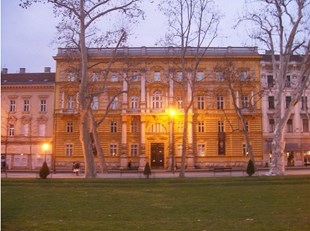Archaeological Museum in Zagreb
The Archaeological Museum in Zagreb is one of the direct successors to the former National Museum, the oldest museum institution in the Croatian capital, founded in 1836.
The museum collections, today consisting of more than 450,000 varied artifacts and monuments, have been gathered over the years from many different sources. Most of this material in the first years and decades of museum activity was acquired through purchase or gifts, and a major role was played by the "museum representatives", who were active in the field throughout all of Croatia. As early as the 1880s, the museum began systematic archaeological excavations in various Croatian regions, acquiring in this manner abundant material, and at the same time valuable data for studying the everyday life of the inhabitants from the prehistoric age to the mediaeval period. Today, field excavations are the main means of gathering such material and data. The most recent museum activities in this field include the systematic excavation and conservation (in the form of archaeological parks) of Roman urban architectural complexes at Scitarjevo near Zagreb (Andautonia) and at Varazdinske Toplice (Aquae Iasae), while other scientific staff of the museum are excavating sites in the Zumberak area and at Stenjevec near Zagreb, as well as at various other archaeological sites in the continental sections of Croatia, mainly in the Zagreb metropolitan area.
Text source:
http://www.amz.hr/naslovnica/o-muzeju/povijest.aspxFoto source:
http://commons.wikimedia.org/wiki/File:Arheolo%C5%A1ki_muzej_Zagreb.jpg


